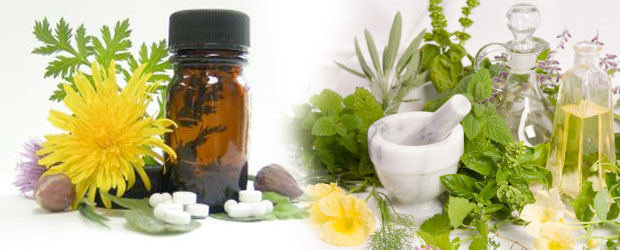Style Magazines is often a free, glossy lifestyle magazine produced monthly in Brisbane, with a vibrant digital space to fit. We’re Brisbane’s most stylish method to obtain lifestyle, fashion, food and wonder news, showcasing what’s hot, what’s new what is actually on in Brisbane, Queensland, the country as well as the world-while still celebrating everything homegrown.

From simple beginnings with co-owners Paul Johnston and Tracy Johnston behind one laptop over a kitchen table, the initial issue of fashion was 16 pages having a distribution of 11,000 copies around the Ascot and Clayfield area.
Fast-forward 13 years (it’s our 13th birthday in July 2014) and magnificence Magazines has blossomed into Brisbane’s authority on what’s hot, with 60,000 copies in our 90-page magazine distributed monthly across the greater Mens fashion. Aiding our loyal followers with lifestyle, fashion and foodie fixes by way of a array of platforms, we’re constantly expanding with our local prestige magazine, strong digital presence and Custom Publishing service.
More details about Mens fashion have a look at this useful webpage: click for info



